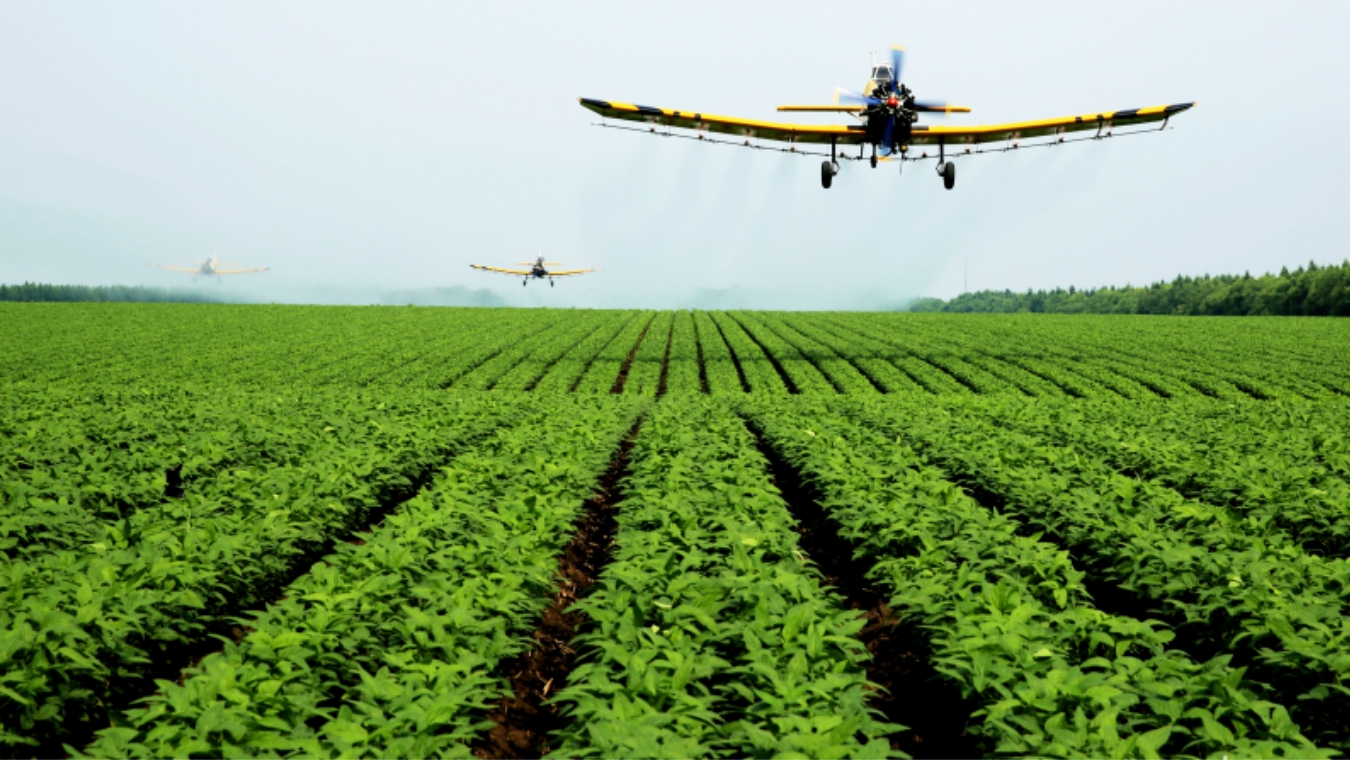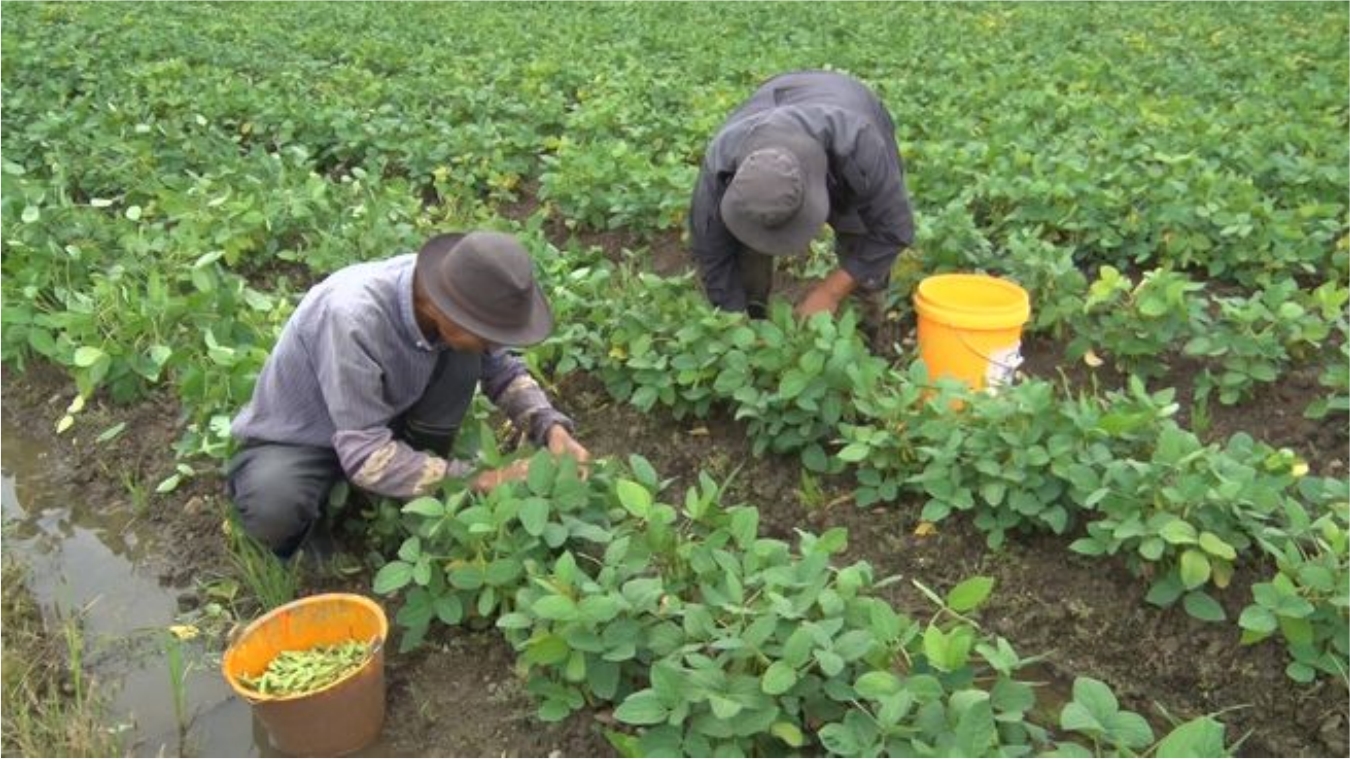12,10 2025
News from the ministry of agriculture and rural affairs shows that in 2024, China will consolidate the increase in soybean production and increase total grain acreage, to ensure grain acreage of soybean over 150 million mu at a stable level, with oil-bearing crops yield over 200 million mu. China aligns with the entire industrial chain in agricultural products such as soybean in the northeast.

In recent years,China's no.1 central documents increase soybean production and oil crops, with a series of supportive measures on soybean production at a stable level. The establishment of subsidies, insurance, and the synergistic force of aggregated policy measures constitute a comprehensive "combined punch." Domestically grown soybeans are experiencing a period of growth, with the Liangtou Group focusing its expansion, breeding, and industrial advancement endeavors on soybeans.

Currently, the soybean crop within the Group's plantations is undergoing the flowering and pod-forming period, and certain damaged plots progressing into their floral stage. Field management during the middle and late stages is pivotal to guaranteeing high soybean yields and subsequent revenue. According to the forecast of the meteorological department, the precipitation in Heilongjiang Province in August will be above average, and local areas may experience heavy rainfall. Therefore, soybean is peculiarly prone to disease.In order to further improve the middle and later-stage field management of soybeans and increase unit soybean crop yield and quality, on July 30th, Ministry of Agriculture and technical division organized the study on the technical guidance on soybean middle and later-stage field management:
One, Resistance to Waterlogging
1. Strengthen monitoring and forecasting, and prevention work.
2. Apply fertilizers.
Two, Scientific Control of Pests and Diseases
1. Disease control.
2. Pest control.
Three, Prevention of lodging
According to the period and degree of lodging, take targeted measures based on the local conditions.
Four, Promoting Early Maturity
Five, Pulling out Weeds
Six, Prevention of Early Frost
Seven, Timely Harvest











